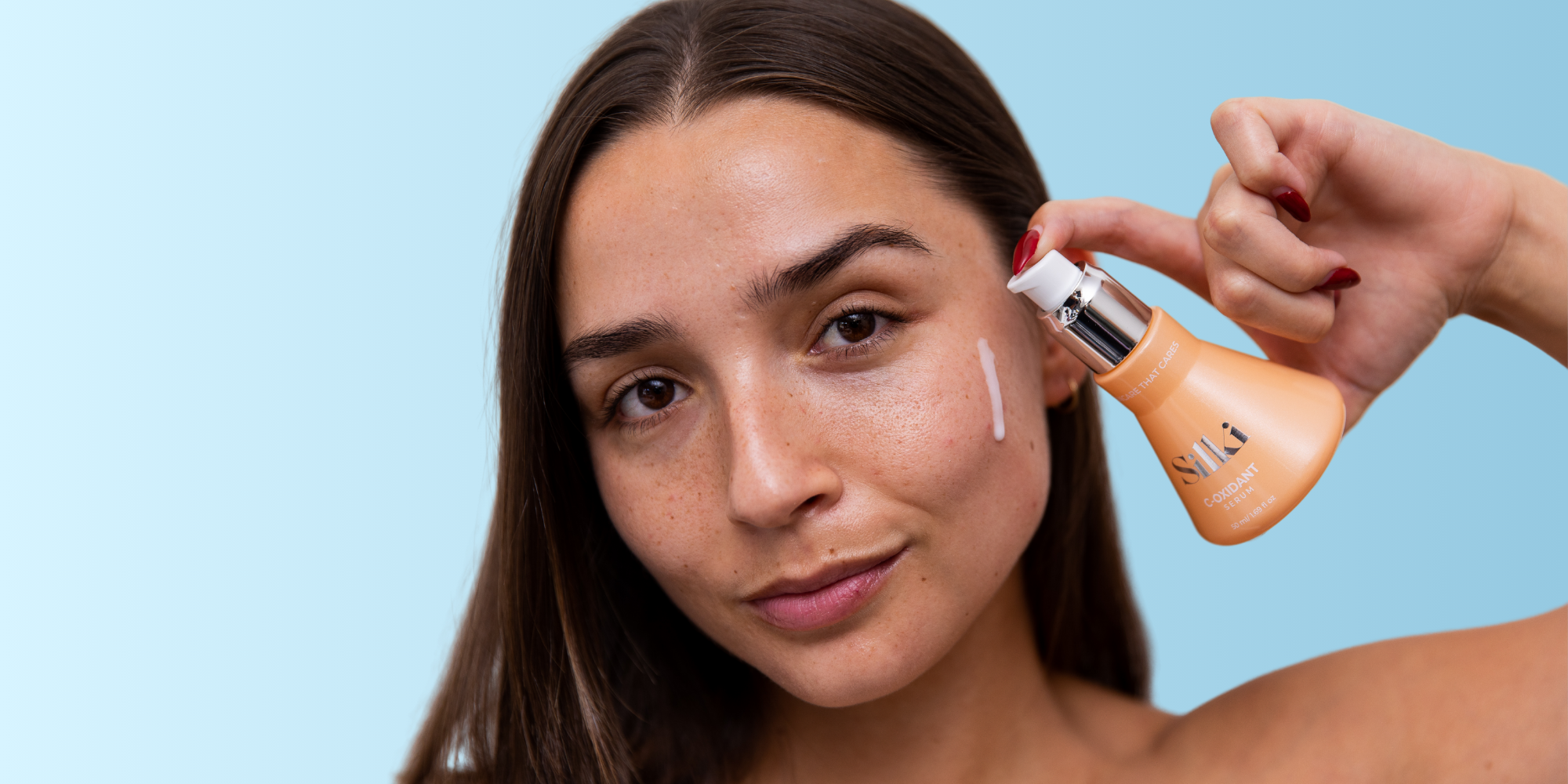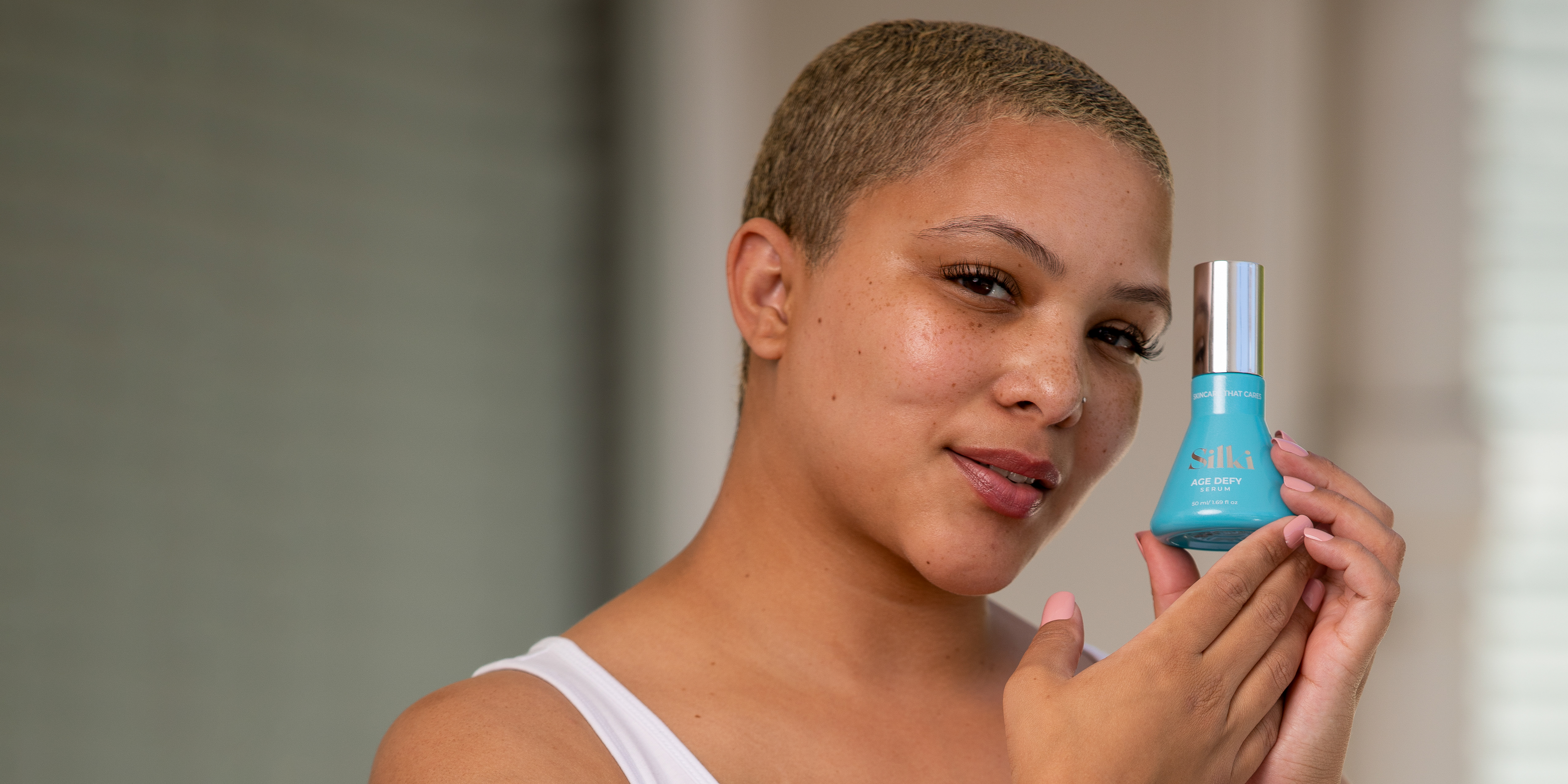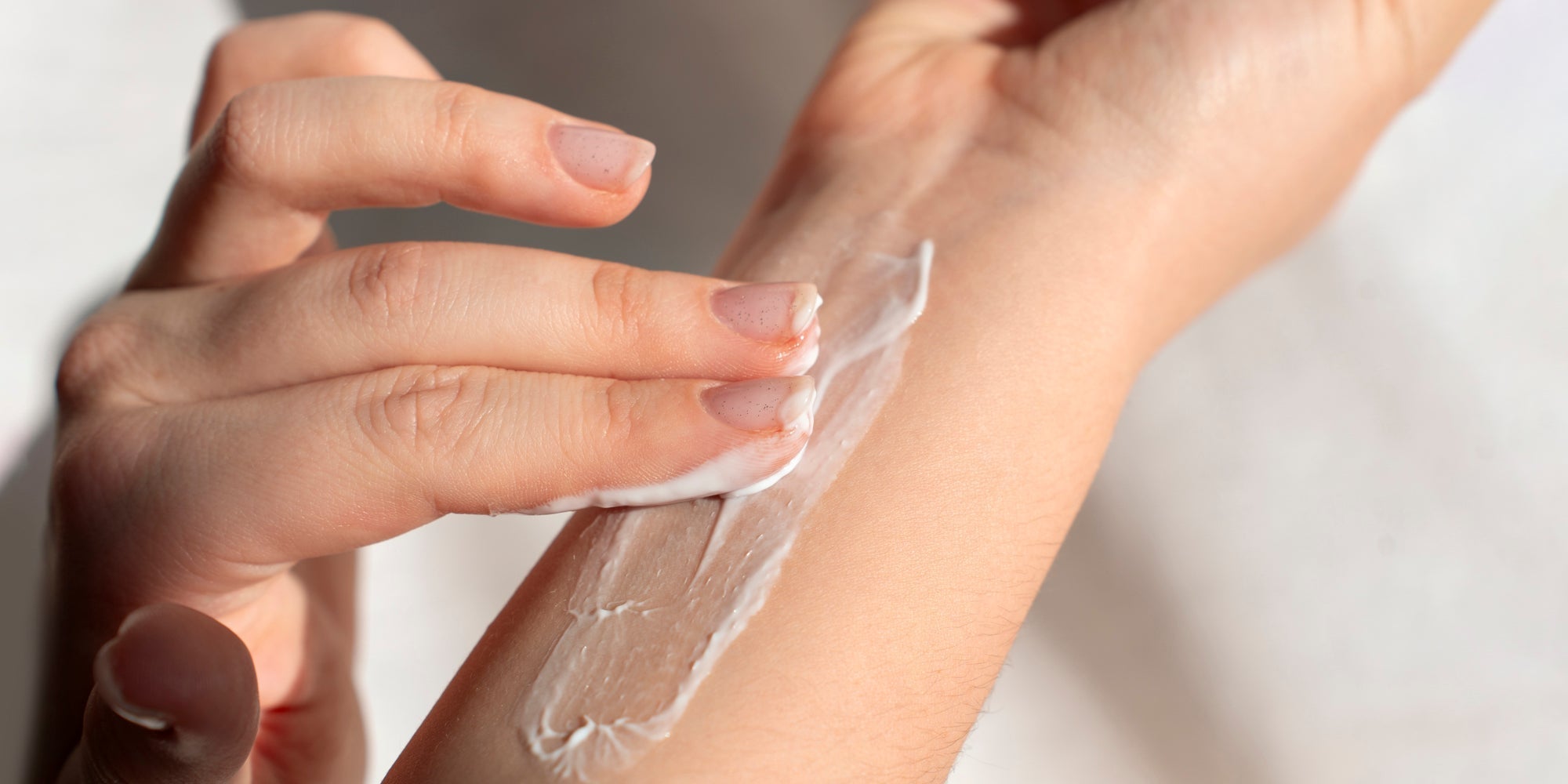
Skin Purging vs. Irritation: How to Tell the Difference
If you've recently introduced a new skincare product and noticed breakouts, redness, or peeling, you might be wondering - is your skin purging or is it simply irritated? Understanding the difference is crucial in determining whether to stick with the product or discontinue use. Let’s break down how to identify skin purging versus irritation.
What Is Skin Purging?
Skin purging occurs when an active ingredient accelerates skin cell turnover, bringing underlying congestion (like clogged pores and microcomedones) to the surface. This process may initially cause breakouts but ultimately leads to clearer, healthier skin.

Signs of Skin Purging:
-
Breakouts appear in areas where you typically get pimples.
-
Pimples are often small, whiteheads or blackheads.
-
Skin may also experience mild flaking or dryness.
-
The breakout cycle is shorter than usual (lasting around 2-6 weeks).
-
Skin gradually improves after the initial breakout phase.
What Is Skin Irritation?
Skin irritation is your skin’s negative reaction to a product, often due to an ingredient that is too harsh or incompatible with your skin type. Unlike purging, irritation does not lead to long-term improvements and may cause damage if the product continues to be used.
Signs of Skin Irritation:
-
Breakouts appear in new areas where you don’t usually get pimples.
-
Redness, burning, stinging or severe dryness occurs.
-
Skin feels excessively tight, itchy or inflamed.
-
Symptoms worsen over time rather than improving.
-
No improvement after 4-6 weeks of use.
Common Ingredients That Cause Purging
Some active ingredients are known to increase cell turnover, leading to temporary purging:
-
Retinoids (retinol, retinal, tretinoin)
-
AHAs (glycolic acid, lactic acid)
-
BHAs (salicylic acid)
-
Vitamin C (in some cases)
-
Benzoyl peroxide
How to Manage Skin Purging
If you suspect your skin is purging, follow these steps to minimize discomfort:
-
Be Patient: Purging typically resolves within 4-6 weeks.
-
Introduce the Product Slowly: Start with lower frequency (2-3 times a week) and gradually increase.
-
Keep Skin Hydrated: Use a gentle moisturizer to prevent excessive dryness.
-
Avoid Additional Harsh Products: Refrain from using other strong actives like exfoliants until your skin adjusts.
-
Apply Sunscreen Daily: Protecting your skin from UV damage is crucial during this period.
How to Handle Skin Irritation
If your skin is irritated, it’s best to take action immediately:
-
Stop Using the Product: Discontinue use to prevent further damage.
-
Soothe Your Skin: Use hydrating and calming ingredients like aloe vera, ceramides and niacinamide.
-
Simplify Your Routine: Stick to a gentle cleanser, moisturiser and SPF until your skin recovers.
-
Consult a Dermatologist: If irritation persists, seek professional advice.
Final Thoughts
Understanding the difference between skin purging and irritation can save you from unnecessary frustration. If your skin is purging, it’s a temporary phase that will pass with continued use. However, if your skin is irritated, it’s a sign to stop and reassess your skincare routine. Pay attention to your skin’s signals and adjust your approach accordingly for the best results.


